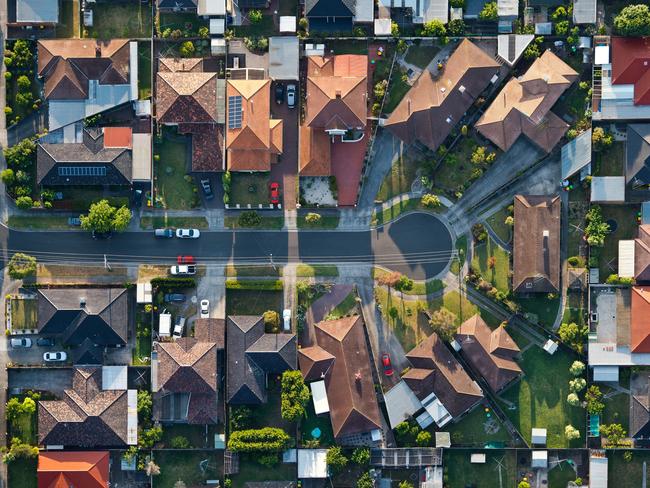National report card gives unflattering look at Australia’s labour market
IF YOU work long hours and feel way too qualified for your job, you’re not alone. Bad news is, that’s fast becoming the norm.
At Work
Don't miss out on the headlines from At Work. Followed categories will be added to My News.
AUSTRALIA has one of the world's most highly-qualified workforces and it’s increasingly difficult for people with low levels of education to compete for jobs.
However, according to a national report card, released today by the Australian Institute of Health and Welfare (AIHW), it’s also becoming tougher for young people to find sustainable or full-time work even once they’ve graduated.
It’s a phenomenon economist Jason Murphy refers to as “degree inflation”, where people keep studying just to look more qualified than their competitors.
The report paints a grim view, especially for Australia’s young people.
First, we work some of the longest hours in the developed world.
Second, only 27 per cent of young people are currently in full-time work, compared to 35 per cent a decade ago and 48 per cent three decades ago.
The number of university students working full-time within four months of finishing has also fallen considerably however, while most of those who completed skills-based training managed to find employment.
It begs the question — is university even worthwhile ?
According to the AIHW, the answer is still yes.
More than 80 per cent of people with non-school qualifications are employed, while almost half of people whose highest qualification was year 10 or below are not.
However, that doesn’t necessarily mean a full-time occupation.
Australia ranks third-highest in the OECD for part-time employment, sitting just behind the Netherlands and Switzerland.
Almost a third of people here work part-time hours, which has risen sharply from 10 per cent 50 years ago, meaning underemployment is the highest its been since the 1970s.

HOME OWNERSHIP IS FALLING
Another key takeaway from the report is that home ownership among young Australians has fallen by more than one-third in the past 25 years, despite the Reserve Bank’s relatively low interest rates.
The home ownership rate has been in steady decline in recent decades, with the proportion of Australians who own their properties falling from 71 to 67 per cent.
People aged 25-34 are among those hardest hit, with the rate dropping from 60 per cent in the late 1980s and less than 40 per cent.
Home ownership rates among people aged 35-44 also declined markedly.
People are increasingly using mortgages to buy property and less own their houses outright, while affordability has also diminished for households who rent, the report found.
Assistant Social Services Minister Zed Seselja said the high cost of land and the lack of land release in some of the major cities had been a factor.
“I think it’s fair to say most Australians would say that you know we want to do more,” he told the Nine Network.
The Turnbull government is working with the states on a new national affordable housing agreement and in the federal Budget, announced measures to help young people save for their first home through their superannuation.
Australia ranks in the bottom third of OECD countries for aggregate home ownership rates, and in the top third for homeowners with a mortgage.

WELFARE IS SKYROCKETING
Interestingly, welfare spending across Australia has risen by $40 billion in the past nine years and now accounts for a much larger slice of the economy.
The Commonwealth, state and territory governments spent roughly $157 billion on welfare cash payments and services in 2015-16, up from $117 billion in 2006-07.
The overall increase meant welfare spending accounted for 9.5 per cent of gross domestic product, compared with 8.6 per cent a decade ago.
An estimated 478,000 people were employed in the welfare workforce in 2015, an increase of 84 per cent since 2005.
Just 6.3 per cent of the total ($10 billion) was spent on unemployment benefits.
— with Dan McCulloch from Australian Associated Press
Originally published as National report card gives unflattering look at Australia’s labour market


